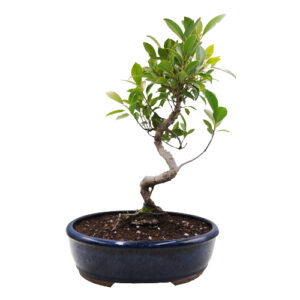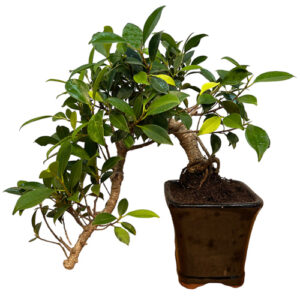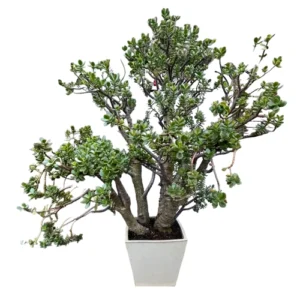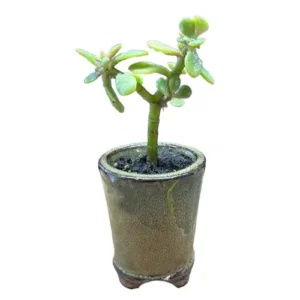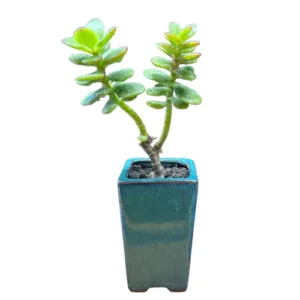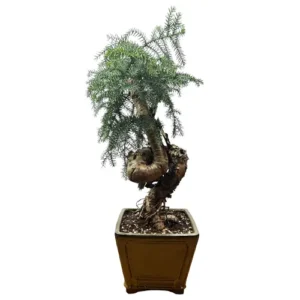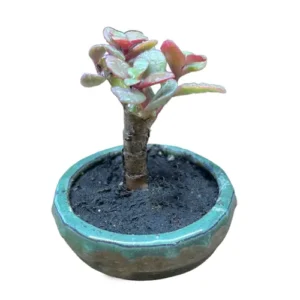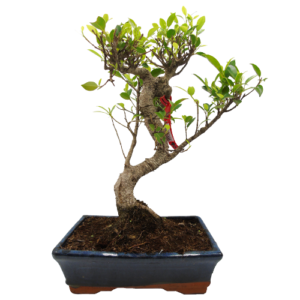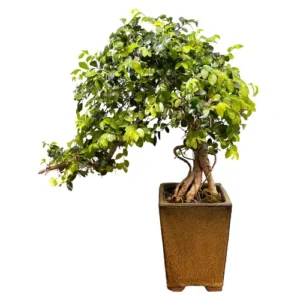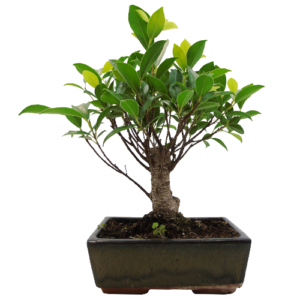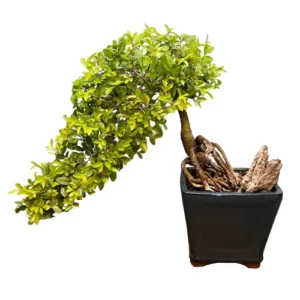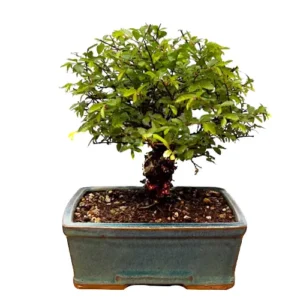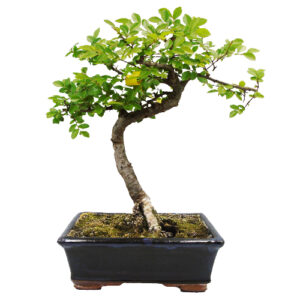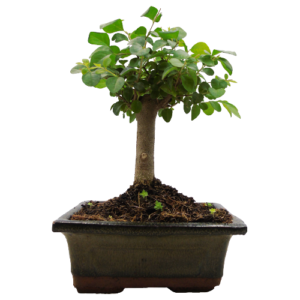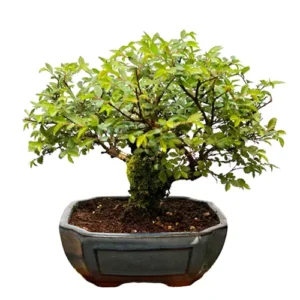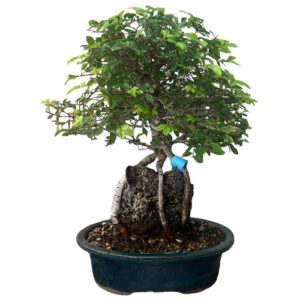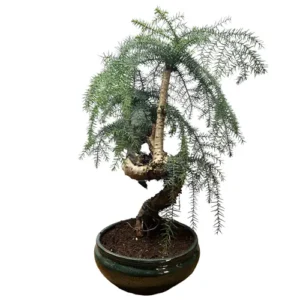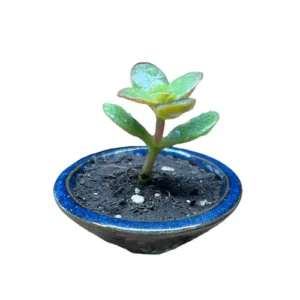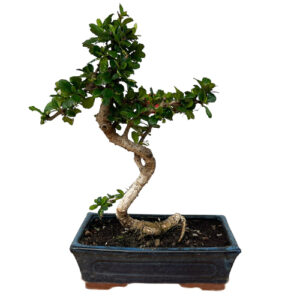Syzygium
Brush Cherry Bonsai
Native to New Zealand and Australia. This tender evergreen species boasts a colourful canopy atop its single trunk. In a foliage of glossy paired dark green leaves, puffy minute white flowers appear in spring and edible bright red fruits arrive in the autumn.
Brush Cherry Bonsai Care Tips
Placement
Brush Cherry like the warmth and sun found in their native habitats. Bush Cherry bonsai appreciate four to six hours of sunlight every day in a warm area. Their leaves are kept vital and colourful through humid and not dry air. Can be grown indoors or outdoors.
If grown outdoors the Brush Cherry must be brought indoors during the winter months to protect it from frosts which will hurt the tree. If in an environment where below-freezing temperatures are expected, this tree should not be left outdoors for a long time.
Watering
The Brush Cherry Tree requires a reasonable amount of water to maintain its moisture and make sure it is not too dry. Water substantially if the soil gets dry, do not water if the soil is wet. Watering should be judged on the environment and season, this species will require watering more in the summer. Consider watering once or twice on the hottest days of the year. Humidity is advisable for Brush Cherry Tree bonsai.
Feeding & Fertilising
Across the growing season use a liquid feed every two weeks, to ensure the plant’s health. Feeding once a month is sufficient for the winter.
Pruning & Wiring
Pruning your bonsai is important not only to create or maintain an aesthetic style but to also ensure optimal health. Brush Cherry is a fast-growing species that requires pruning frequently. After 6 to 8 leaf pairs have grown trim the new shoots to 1 or 2 pairs.
Brush Cherry are suitable for wiring in the growing season. Its tender branches scare easily so avoid leaving the wire on for long. We recommend using wires with a thickness that matches the thickness of the branch: if the wire you choose is too thick you will damage the bark. If it is too thin, it won’t be effective.
Repotting
Repotting your tree is an important way to provide a fresh and suitable soil mix and ensure appropriate root health. Brush Cherry Bonsai should be repotted every other year with moderate root pruning in the Spring.
Trees that are ready for repotting will require root pruning, a suitable new pot and appropriate soil mix.
When repotting, do not cut back the root mass by a large amount, and choose a well-draining soil mix that has a neutral or slightly higher PH value of 5-6 but not over 7. We tend to use a mixture of different speciality bonsai soils on our trees. Every species is different so please contact us for free soil-mix advice or to take advantage of our repotting service.
Bonsai make for a one-of-a-kind indoor plant offering elegance, nature and art all in one minute form. Across an array of exquisite and erudite species, they all demand their own specific care and cultivation needs in order for their beauty to flourish. We have an extensive library of care guides for indoor bonsai trees so you can make an informed and considered choice. It’s not about selecting the perfect bonsai, it’s about selecting the perfect bonsai for you.
Brush Cherry Bonsai - Typical Queries
How to propagate Brush Cherry bonsai?
Brush Cherry bonsai can be propagated with either cuttings or seeds.
Do Brush Cherry bonsai get pests and diseases?
The correct care environment and conditions should keep a Brush Cherry healthy. However, this species can fall prey to both Aphids, spider mites and scale. If facing an infestation the appropriate insecticides and fungicides will take care of these.
Is Brush Cherry a good bonsai for beginners?
A Brush Cherry is unlikely the ideal choice for a beginner. While they do have a relatively straightforward care regime this is a species from a very hot climate that in the UK requires growing indoors. An indoor set-up that can provide consistent light and warmth is a must and may not be a simple task, particularly for the bonsai novice.

